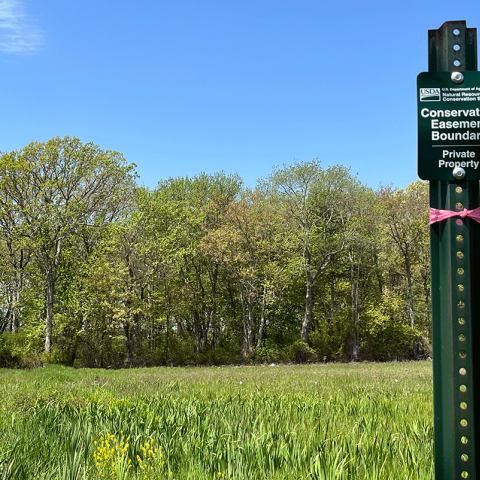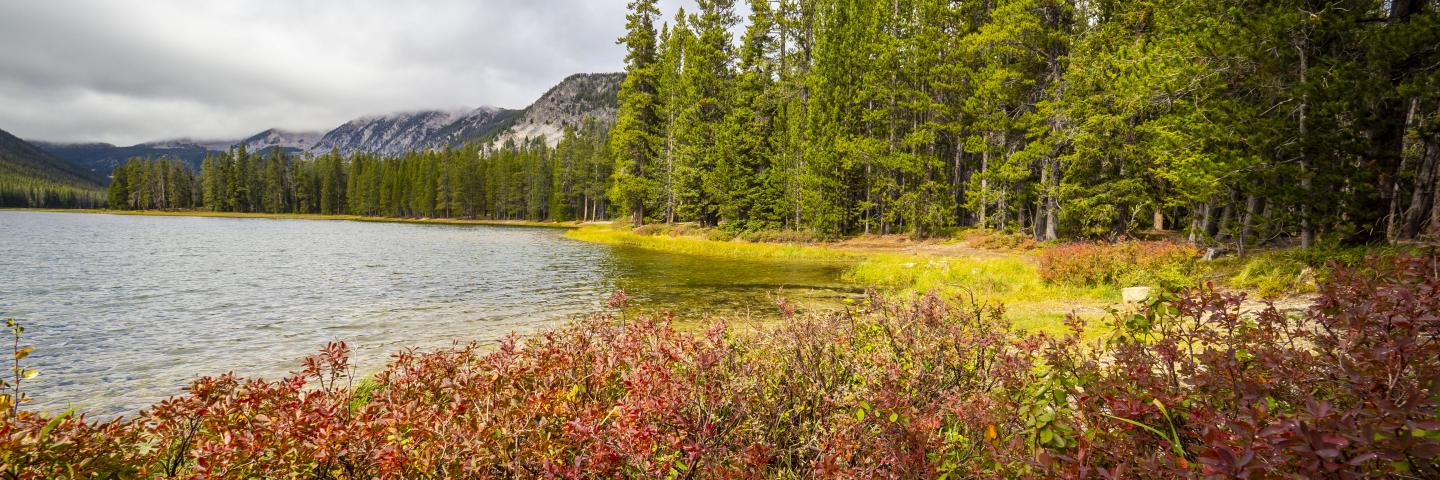
News

The Healthy Forests Reserve Program (HFRP) helps landowners restore, enhance and protect forestland resources on private and tribal lands through easements and financial assistance.
Through HFRP, landowners promote the recovery of endangered or threatened species, improve plant and animal biodiversity and enhance carbon sequestration.
HFRP provides landowners with 10-year restoration agreements and 30-year or permanent easements for specific conservation actions. For acreage owned by an American Indian tribe, there is an additional enrollment option of a 30-year contract. Some landowners may avoid regulatory restrictions under the Endangered Species Act by restoring or improving habitat on their land for a specified period of time.
HFRP applicants must provide proof of ownership, or an operator (tenant) must provide written concurrence from the landowner of tenancy for the period of the HFRP restoration agreement in order to be eligible. Land enrolled in HFRP easements must be privately owned or owned by Indian tribes and restore, enhance or measurably increase the recovery of threatened or endangered species, improve biological diversity or increase carbon storage.
Detailed information on HFRP benefits, eligibility, and enrollment option is available.
Contact your local service center to start your application.
Do you farm or ranch and want to make improvements to the land that you own or lease?
Natural Resources Conservation Service offers technical and financial assistance to help farmers, ranchers and forest landowners.

To get started with NRCS, we recommend you stop by your local NRCS field office. We’ll discuss your vision for your land.
NRCS provides landowners with free technical assistance, or advice, for their land. Common technical assistance includes: resource assessment, practice design and resource monitoring. Your conservation planner will help you determine if financial assistance is right for you.
We’ll walk you through the application process. To get started on applying for financial assistance, we’ll work with you:
Once complete, we’ll work with you on the application, or CPA 1200.
Applications for most programs are accepted on a continuous basis, but they’re considered for funding in different ranking periods. Be sure to ask your local NRCS district conservationist about the deadline for the ranking period to ensure you turn in your application in time.
As part of the application process, we’ll check to see if you are eligible. To do this, you’ll need to bring:
If you don’t have a farm number, you can get one from USDA’s Farm Service Agency. Typically, the local FSA office is located in the same building as the local NRCS office. You only need a farm number if you’re interested in financial assistance.
NRCS will take a look at the applications and rank them according to local resource concerns, the amount of conservation benefits the work will provide and the needs of applicants. View Application Ranking Dates by State.
If you’re selected, you can choose whether to sign the contract for the work to be done.
Once you sign the contract, you’ll be provided standards and specifications for completing the practice or practices, and then you will have a specified amount of time to implement. Once the work is implemented and inspected, you’ll be paid the rate of compensation for the work if it meets NRCS standards and specifications.